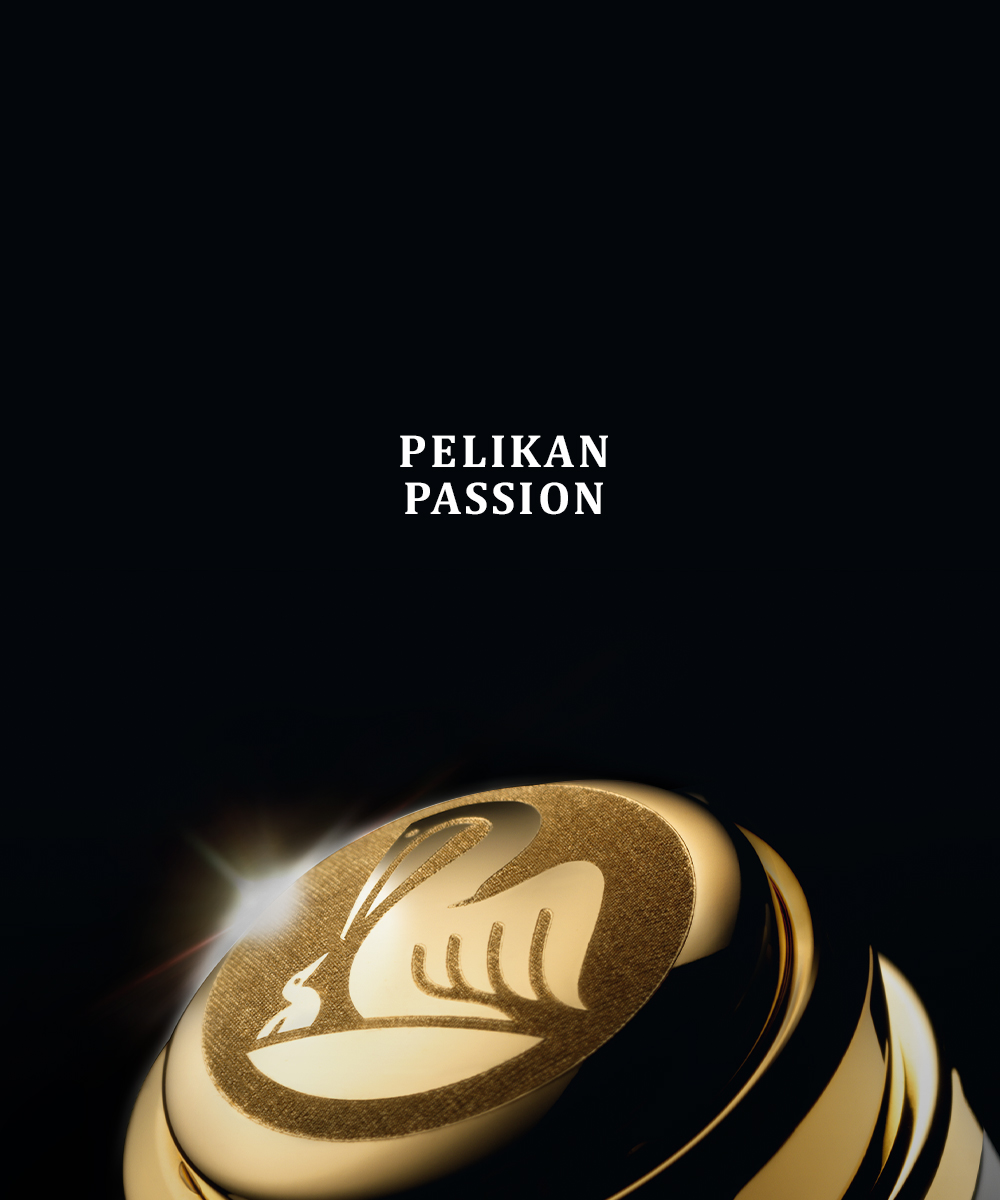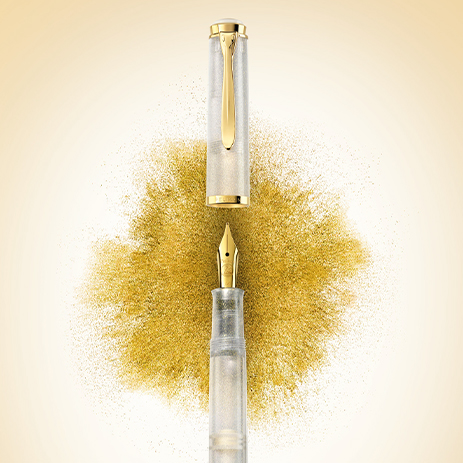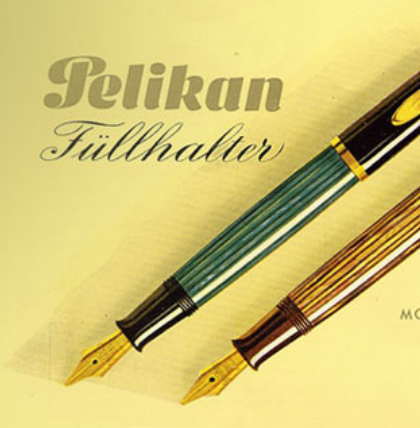
1929-1950 The Piston Filling Mechanism
Piston filling mechanism and ink feed are the key to the fame of the Pelikan fountain pens.
Self filling fountain pens, using pressure and lever mechanisms, and so-called safety fountain pens, that were filled by using an eyedropper, ruled the market after World War I. However, they could only carry a small amount of ink. And, as the name indicates, using the safety pen was rather complicated if you wanted to keep your hands clean at the same time.
It was then that the Hungarian engineer Theodor Kovacs developed a revolutionary new system: The piston filling mechanism with a differential spindle gear. Compensation chambers were added to the ink feed to prevent blotting. In 1927, he sold the patents to the company Günther Wagner in Hanover, that re-patented them under its name in 1929.
In the same year, the “transparent Pelikan fountain pen” was launched. It received its name from the transparent ink container, which made it easier to monitor the ink capacity. Apart from the striking, jade green barrel, the fountain pen was rather plain looking and did not receive a model number either.
The technical advantages, made known to the retailers and buyers in and outside the country by extensive advertisement, quickly resulted in the company Günther Wagner gaining a substantial share in the fountain pen market. Although, however, with the price ranging in 13.50 Reichsmark, the pen was rather ascribed to the upper middle class.

At the end of 1930, the second model, the “Pelikan Gold” appeared. It had a 14-carat gold sleeve and decorative rings on the cap of the same worth. The caps of the Pelikan fountain pen “green” and “black”, as they were called, received decorative rings as well.
In 1931, the product range was expanded further. As a consequence, model names became necessary.
Model 100 with a sleeve in either green (now green marbled), black, gray, red, blue, or yellow.
Model 111 was used as a name for the Pelikan Gold. Model 110 for the fountain pen with a cap and sleeve made of rolled white gold. And Model 112, for cap and sleeve in 14-carat gold.
1932 brings out the new model T 111, the Toledo. This fountain pen had a sleeve engraved with pelicans, crafted using the Toledo technique. It is considered to be the most beautiful of the historic Pelikan fountain pens. It is the most favorite model among collectors and its price reaches up to several thousand Euros. A modified model is part of the basic collection, even today.

The “Rappen” fountain pen launched shortly after. “Rappen” was Günther Wagner's second brand and served as a backup for the Pelikan brand. The Rappen cost 6.75 Reichsmark and was equipped with a pump mechanism. However, it also had the transparent container to monitor the ink level more easily, as well as a 14-carat golden nib. The name “Rappen”, which is also the German expression for a black horse, had the advantage that it could also be used in English as “Rap-Pen”.
In 1934, Pelikan introduced the “automatic refill pencil”, a mechanical pencil. It received the name “Auch”-Pelikan, as it “also” was a Pelikan writing instrument.

The model 200 fit to the model 100 with its black and green, black, later on even black and gray, brown and tortoiseshell colored and black and lizard colored barrel. Very rare and undocumented, however, produced nevertheless, remained the design in brownish red.
The pen with the product name 210 was built to fit in a waistcoat pocket or a lady's handbag.
The models 101 were offered internationally and were available in red, green, blue, lizard colored and tortoiseshell-like. The last model was alternatively available with a reddish brown cap, the same color as the pen's gripping section and the neck of the pen.
In 1936, the IBIS was introduced. It was a low-priced fountain pen with a piston filling mechanism, which was supposed to replace the Rappen. Only in some countries, this model sold under the name of “Rappen”, in South Africa even still with a pump mechanism.
In contrast to its “black” predecessor Rappen, the IBIS pens were also offered with a barrel and cap in grayish black, reddish black and greenish black. These designs are not documented in the Pelikan archives; however, they were obviously produced.
In 1937, the model 100N was introduced to the international market. N stood for new, as it was the successor of the model 100. In size, the fountain pen is a bit larger than its predecessor and therefore can carry a larger amount of ink.
The same year, Wilhelm Wagenfeld, who was counted among the most renowned industrial designers of his time, was contracted to redesign the squared ink glass, the Liegeflasche (laying bottle) and the 1/4l, the 1/2l as well as the 1 liter ink bottles. In 1938, in celebration of Pelikan's 100th anniversary, the glasses, and bottles were introduced to the market, by and by.
Also in celebration of Pelikan's 100th anniversary, the model 100N was now being offered in Germany, too. The design variations of the model 100 were borrowed for it: all in gold, the Toledo, the rolled white gold version, the lizard, and tortoiseshell color, however, not the colored models in red, blue, and green.
The lizard hued model is known to have either a lizard design on top of its cap or a black top. Additionally, both versions are equipped with decorative rings and a clip in golden or, respectively, silver.
The standard designs are available with a barrel in green, gray, and black. The caps have either two decorative rings and a smooth drop shaped clip or one wide, fluted decorative ring and a matching clip.
In 1939, the desk fountain pens 100Nf with an affixed extension and the 100Na including a detachable extension, both only rarely found today, were introduced.



